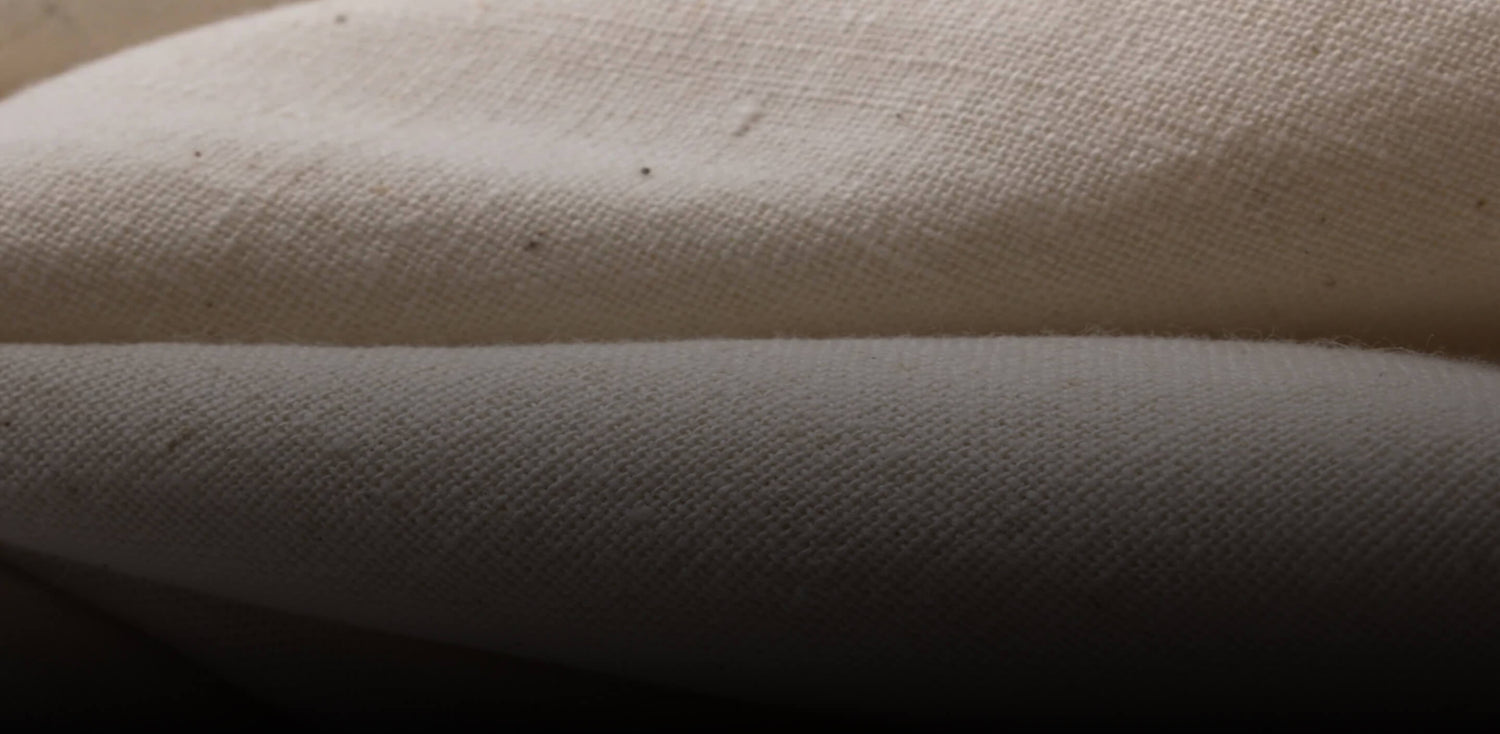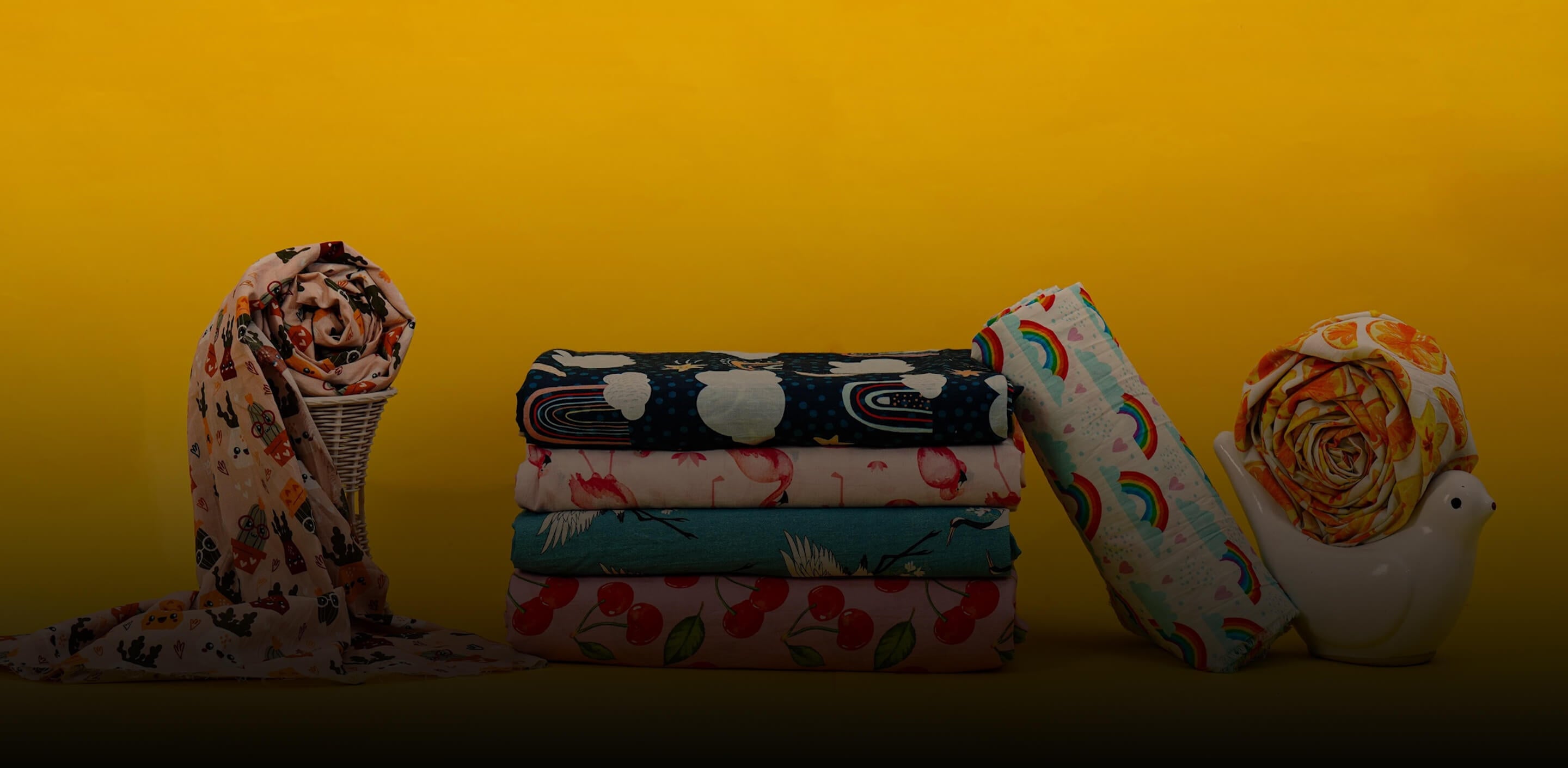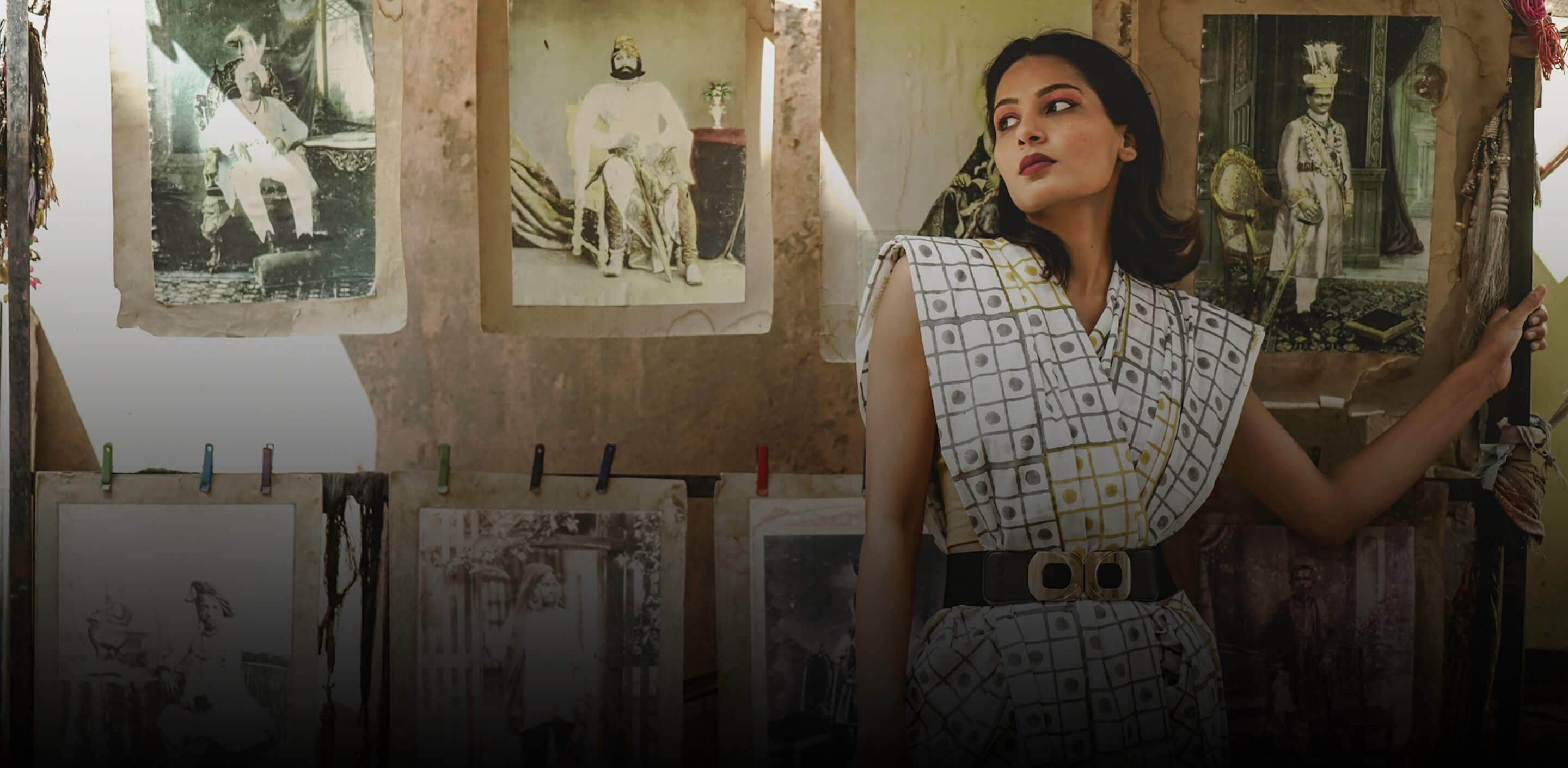The revival of khadi fabric handweaving in these areas is rooted in colonial history. Khad is defined as a handwoven and usually hand spun-natural fibre cloth originating from eastern regions of the Indian subcontinent, primarily Eastorn India, North Eastern India, and Bangladesh, though is now widely created throughout India and Pakistan.
You've probably heard the story of how Mahatma Gandhi spun khadi clothes personally to educate other weavers how to break the British monopoly on mills and export by creating a demand for Indian-made khadi. This allowed rural weavers and spinners to keep making textiles for the native market rather than relying on the more costly clothing imported from Britain by the om dan comfort any Chand, who eventually expanded their empire to Bangladesh.
Why is West Bengal A Handweaving Hub?

While the number of weavers did decrease in the twentieth century due in part to the market for British-made cloth, as ethics and sustainability has increased in necessity for brands and designers, so has the influx of desire for traditional handwoven cloths. Production clusters are established and maintained in Eastern India and Bangladesh through the passing down of skills from generation to generation.
Craftspeople that specialise in batik, handblock, jamdani, and ikat may be found in close proximity to khadi clusters.
Traditional strips

Navy striped pyjamas or duvet covers are a traditional choice since they are both stylish and suitable for use year-round. The combination of the two yields a conventional khadi shirt that is lightweight, providing skin-friendly softness as well as a strong hand feel to prevent your creations from flapping in the breeze.
Shibori

This kind of detailed patterning is typical of shibori, although you may also find simpler designs, particularly in indigo Japanese variations, depending on your taste. The fabric is made out of a lightweight khadi that can be dyed a rainbow of colours.
Batik

Using a canting tool, wax is drawn by hand onto a cloth to create a resist, and then the cloth is immersed in dye. Alternatively, a resist can be block printed on before being immersed in dye. The option we have is a simple but dramatic effect created with a cracking technique: wax is placed over the cloth, allowed to almost dry, and then cracked.
There is also some plain bleached white khadi of a comparable weight that was woven in a separate fair trade operation in India. Due to its distinctive basketweave construction, khadi is very strong and long-lasting; this fabric is also somewhat stiff, which allows for a wider range of use in garment making.
Khadi for home interiors

Some people find fulfilment in home-based work or interior design because it allows them to remain in their communities, close to friends and family and close to their places of worship. However, the lack of regulations on the working hours of forced child labour has created problems with transparency.
Classic style

"Yarn dyed" describes a process in which the yarn, rather than the completed fabric, is coloured. You can see the differences between the warp and the weft in handloom textiles in particular, and this allows for the direct weaving of cloth with a pattern.
Lightweight

The finest khadi is woven by the most skilled weavers. It indicates that in order to make a high-quality yam, the handwoven fabric must be woven from long-staple cotton fibre. So, care and attention to detail on the part of the weaver will be required. Here we can have a khadi cotton with black pinstripes that is fine, but a little heavier and thicker than voile, making it more suited for shirting and dresses. You can also have a handloom muslin that is airy, but starched to add structure (it will wash out over time).
Fresh

There are distinct similarities between the patterns and colour palettes of khadi fabric cottons and those of traditional Indian clothing, yet the latter is also quite colourful and lively. This duo provides a modern twist, with the cosiest and warmest sentiments, to create a fabric fit for apparel, accessories, and decor.
Craftspeople have a fantastic chance to forge meaningful relationships between consumers and the products they love by reaching out to them and sharing their enthusiasm for and expertise in their field. As a result, craftsmen are encouraged to pursue skill development by exploring novel techniques and approaches to their work.
FAQ
What are the benefits of wearing Khadi clothes?
Khadi clothing from India may be worn year-round. The climate is mild year-round, with mild winters and mild summers. As opposed to synthetic materials, khadi does not trigger allergic reactions or skin irritations, making it a great choice for anybody with sensitive skin. Traditional khadi textiles are hand-dyed and woven.
What are the different products from khadi fabric?
Khadi is commonly used to make dhotis, kurtas, and a variety of handloom saris, including the Puttapaka Saree, Kotpad Handloom fabrics, Chamba Rumal, and Tussar silk, all of which are among the most sought-after in the fashion industry.
What are the types of Khadi fabrics?
There are majorly four kinds of khadi fabrics such as cotton, wool, silk and muslin.
We also happen to be a magnet for suggestions, and would love to catch yours….throw us yours on hello@fabriclore.com





